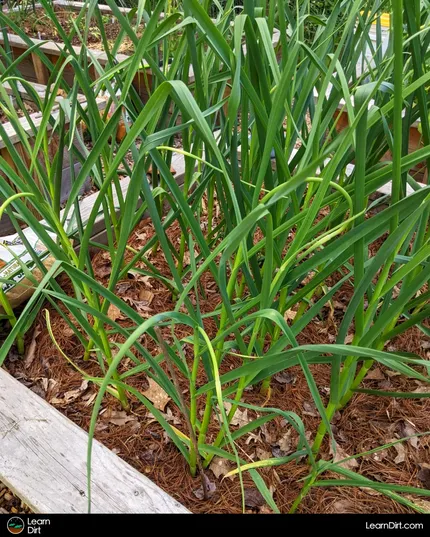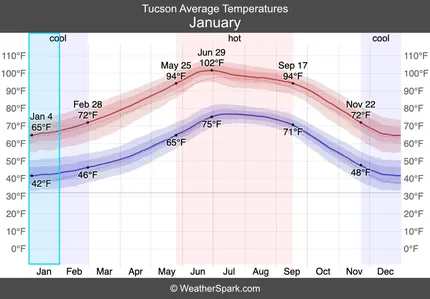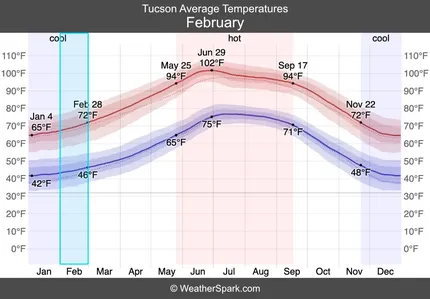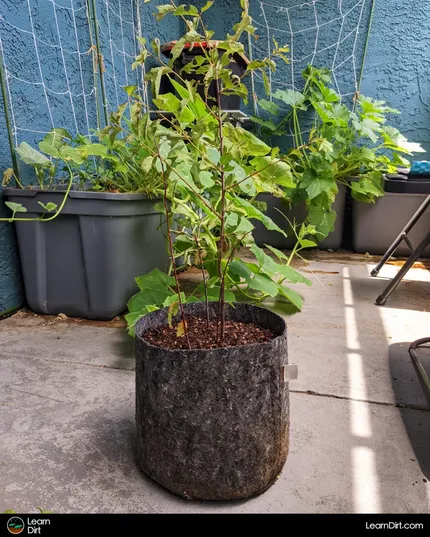Table of Contents
- Why Is Soil Structure Important?
- Soil Structure vs. Soil Texture
- How Is Soil Structure Classified?
- How to Assess Soil Structure
- How to Improve Soil Structure
* Our articles never contain AI-generated slop *
When we talk about soil structure, we're referring to the way that it aggregates together. These conglomerates and the pores which they contain define the overall structure of our soil.

Why Is Soil Structure Important?
Erosion Reduction
Soil erosion from wind and rain represents a substantial portion of nutrient outflows from agricultural systems.
This means that mitigating erosion is crucial for keeping nutrients in your soil.
Disclaimer: This post may contain affiliate links. Refer to the privacy policy for more information.
Well-structured soil is far less susceptible to erosion than soils with poor structure. Let's look at how soil structure affects the rate and severity of soil erosion:
Increased Water Infiltration Rate
Pore space in the soil aggregates are what allow for water absorbtion, and affect the rate at which that water can infiltrate.
With enough pore space in well-structured soil, large rainfall events can rapidly infiltrate soil, and absorbtion capacity is high. This prevents topsoil erosion due to runoff.
Compacted soils without adequate structure and pore spacing have low infiltration rates and low absorbtion capacity. Rainfall events are not easily handled by poorly-structured soils, and runoff readily occurs. Large-scale nutrient loss is common in these soils, which can perpetuate a cycle of further soil structure issues.
Soil Structure vs. Soil Texture
At first glance, soil structure may seem similar to soil texture, which we've discussed here.
Though these are related and tangential to one another, there are some distinct differences between soil structure and soil texture that are worth understanding
Join The Grower's Community
Your space to connect, learn, and belong 🌱
Check It Out!
Let's talk about how these two differ:
Soil Structure Distinctions
- Refers to the way in which soil particles and air / water space (pores) aggregate together to form soil conglomerates
- Assessed visually, in the field
Soil Texture Distinctions
- Refers to the relative proportions of the various particle sizes (sand, silt, and clay) which comprise soil
- Assessed via soil composition test or other particle size analysis
How Is Soil Structure Classified?
Soil structure is classified in 3 ways:
Structure Type
- Angular Blocky
- Columnar
- Crumb
- Granular
- Lenticular
- Massive
- Platy
- Prismatic
- Single Grain
- Subangular Blocky
- Wedge
Structure Size
- Very Fine
- Fine
- Medium
- Coarse
- Very Coarse
Structure Grade
- Structureless (single grain or massive)
- Weak
- Moderate
- Strong
How to Assess Soil Structure
Soil structure is generally assess visually, in the field.
How to Improve Soil Structure
Now that we know all about what soil structure is, why it's important, how it's classified and how it's assessed - let's get to the good part:
How do we actually improve our soil structure?
That's all for now, thanks for reading!
If you have any questions, comments, or would like to connect with fellow gardeners, head on over to the forum and post there.

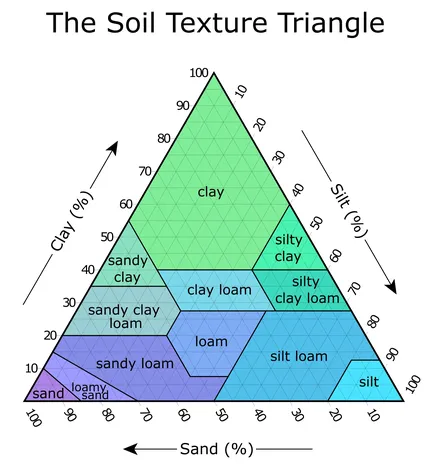
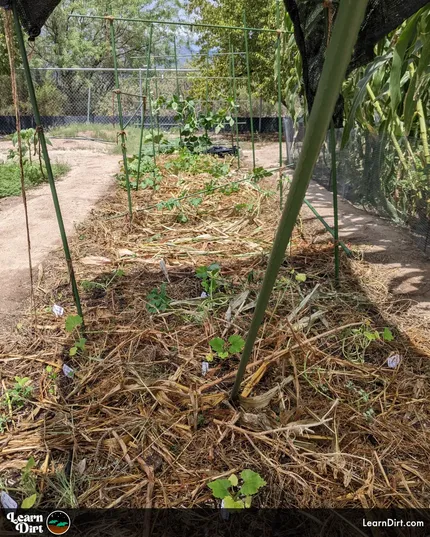
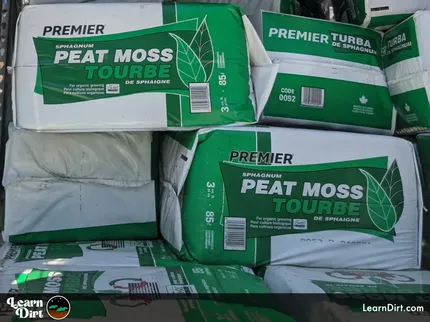


![Don't Till Away Your Carbon [Taffy]](/media/product_images/dont-till-away-your-carbon-[taffy]_shirt_260x260.png)

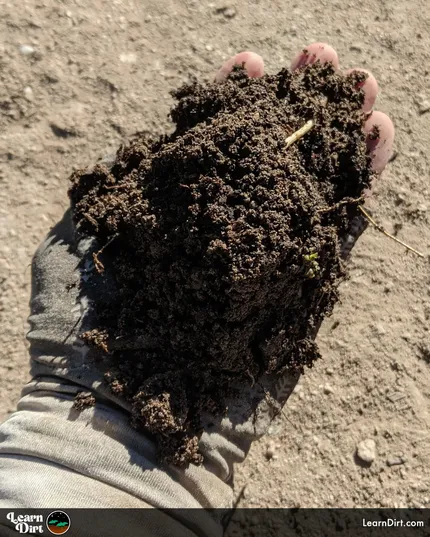
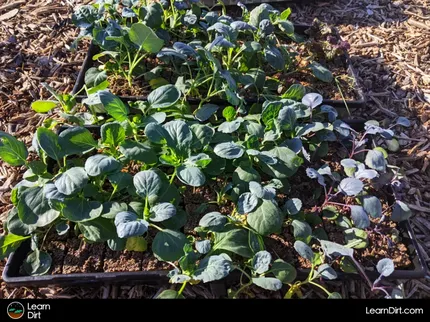





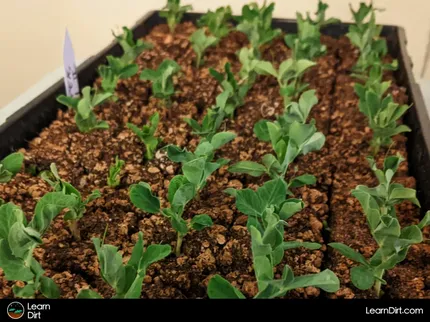

![Don't Till Away Your Carbon [Neon] T-shirt](/media/product_images/dont-till-away-your-carbon-[neon]_shirt_260x260.png)


